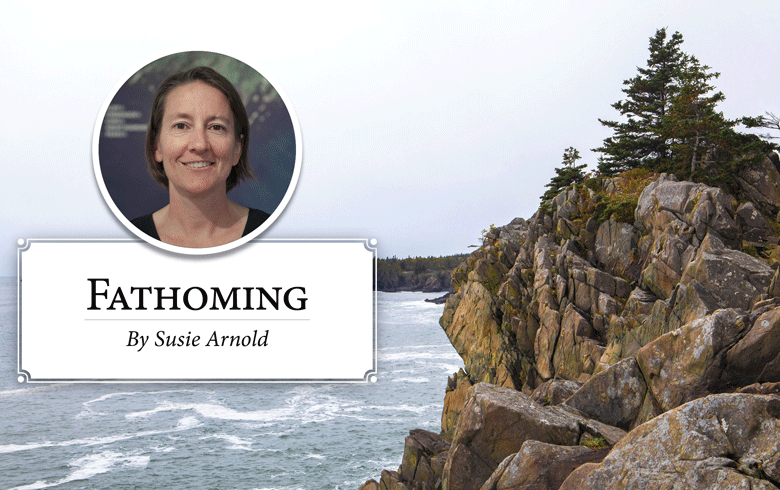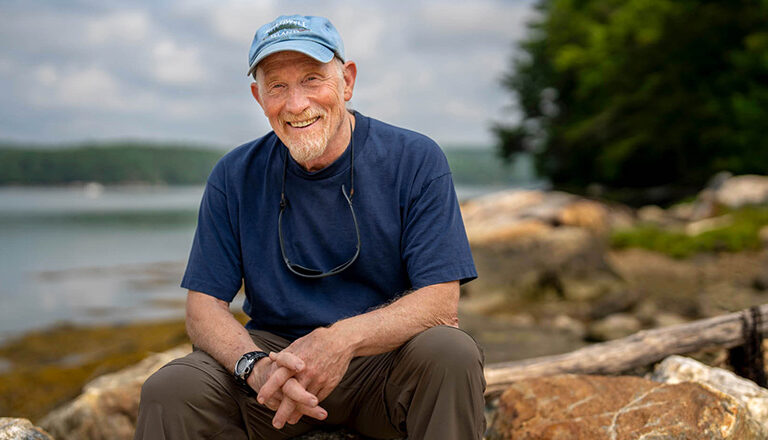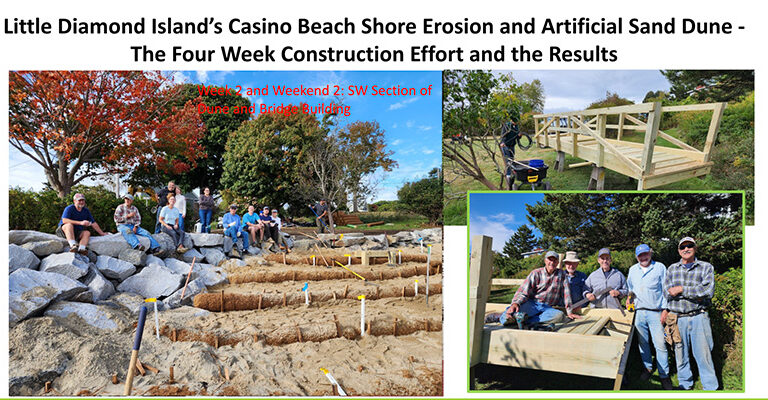With chaos at the federal level these days, it is more important than ever to pay attention and stay engaged on topics we care about and support. For many of us on the Maine coast, that includes the lobster fishery.
There is a lot happening—climate change, a new stock assessment, economic challenges, and the uncertainty on regulations and timelines.
As a marine biologist concerned about our coast’s future, and wanting to contribute in a positive way, I have adopted the “science of hope” framework in my science communications. Put simply, it’s all about taking action to achieve goals. Smaller, individual goals work well, but it can also be applied to collective situations facing adversity. It’s about setting your goal, improving your agency, and creating pathways to achieve your goal.
That uncertainty, on top of an already complex and dynamic fishery that supports our coast, makes it more difficult to chart the future…
After setting a goal, let’s say, “Maine has an environmentally and economically sustainable lobster fishery into the future,” the agency thinking piece is acquiring the knowledge needed to achieve that goal. This step can be challenging in this era of misinformation. As a science communicator, this is where I focus my efforts—translating factual information in accessible formats to improve agency.
One of the near-term matters facing the lobster fishery is the new stock assessment. Led by the Atlantic States Marine Fisheries Commission (ASMFC), it evaluates lobster stocks along the U.S. Atlantic coast and informs the management of the species. The draft assessment report will be available in mid-October.
Much hinges on this assessment, as it is made with the backdrop of declines in landings, economic challenges, delayed right whale rules, and a recent repealed effort to increase the minimum legal size of lobsters.
While lobster landings are still robust, relative to historic levels, they have fallen from the peak in 2016, and Maine’s Department of Marine Resources’ sublegal lobster surveys are pointing to a downturn. Abundance of sub legals gives an indication of future catch.
Three sublegal surveys—sea sampling, ventless trap, and trawl—all show downward trends in recent years. Regulators use these data, in addition to many other sources, to inform future management measures to preserve the fishery.
The economics of the fishery do not drive management, but the economics are worth discussing. The year 2024 had the lowest landings since 2009 but had the third highest landings value at $528 million. Adjusted for inflation, it was the 11th highest value recorded.
If the average price in 2024 had been what it was in 2022, the fishery would have made $181 million less. As the costs of doing business go up, and landings go down, and the price paid to fishermen for landings fluctuates, there are profitability concerns with how the fishery operates.
Additionally, final rules for right whale protection are still required to be effective in December 2028, but the details have been delayed. The ASMFC recently recommended a delay in final action regarding on-demand gear, also known as ropeless gear, to allow for more outreach and input from the lobster industry.
That uncertainty, in an already complex and dynamic fishery that supports our coast, makes it more difficult to chart the future of a species or a family fishing business.
Importantly, getting back to the hope theory construct, the third critical component is the “pathways thinking” to goal achievement. This entails making the plan and having the resources to carry it out. This is where many of us get stuck, especially these days.
But without pathways thinking, your goal becomes wishful thinking. Action is needed to make incremental progress towards your goal. Action can include completing industry surveys and participating in zone council meetings to make your voice heard.
DMR conducted a summer survey of fishermen and dealers to better understand perceptions of the fishery and potential management changes. This survey will be discussed at upcoming zone council meetings and then at the American Lobster Management Board.
These zone council meetings are an opportunity to have a say in how management handles the assessment, including what tools industry might be open to if changes are needed. This is not the time to sit back and simply wish for what you want to see in Maine’s lobster fishery.
Susie Arnold is senior ocean scientist at Island Institute working on the impacts of climate change on marine resources and fisheries-dependent communities. She may be contacted at sarnold@islandinstiute.org.





